Yashicaflex Medium Format TLR Camera [80mm – f/3.5 – 6×6]
Original price was: $180.00.$140.00Current price is: $140.00.
6X6 Medium format Twin Lens Reflex Camera for a great deal
The best value medium format? | The Yashicaflex 6X6 TLR
The Yashica A is a twin lens reflex camera that was made in Japan between 1956 and 1960. It was marketed as the entry-level model in a line of three inexpensive TLRs when it was first released, carrying a $29.95 price tag. When, if ever, have you seen camera value like YASHICA, asked advertisements in photography magazines?
Consider how basic a camera would be in 2020 if it served as the benchwarmer for Yashica TLRs in 1956. Without a doubt, the Yashica A is as unassuming as a medium format camera can be, but given enough time, it is capable of producing amazing images. In addition, despite what it might seem, the Yashica A's general lack of special features has its own benefits.
I paid $35 to a local seller on OfferUp for my Yashica A after almost passing due to its condition and missing nameplate. The leaf shutter blades were slow and sticky at first, but after a few shutter fires, they seemed to loosen up. Uncomfortably, I paid for the camera and went online to research possible fixes. Fortunately, these cameras are still very repairable, so I sent it to Mark Hama, and for the past three years, it has been operating flawlessly.
Yashica A specifications and controls
The Yashica A uses 120 film to capture 6x6cm images. This film is manually advanced and decoupled from the shutter mechanism, which has numerous implications. One benefit is that any frame can have an infinite number of exposures by simply cocking and firing the shutter without advancing the film. Additionally, it requires us to look through a counter window with a red frame that can be closed in order to advance the movie to the proper location.
Within the sturdy camera body, the five-bladed leaf shutter operates very quietly and without any vibration. With shutter speed and aperture controls arranged around the taking-lens, full manual exposure is the only option because the camera lacks a meter. The non-standard 1/25, 1/50, 1/100, and 1/300 shutter speeds are the only ones available, in addition to Bulb. There is no self-timer, and the finder cannot be used to view any exposure settings. With the pop-up focus assist lens in the finder, focusing is effortless and accurate, and the focus knob conveniently has depth of field and distance indicators on it.
In contrast to earlier examples, mine has a Yashikor lens with the same specifications and a triplet design. With the PC-sync port, the Copal leaf shutter, which has five curved blades, can flash sync at all shutter speeds. A lever that circles the side of the lens and has full-stop markings along its travel can be used to steplessly adjust the aperture. Flashes, triggers, and other accessories are stored in a flash shoe on the side of the camera.
Given that this camera has very few accessories, there are a few that are essential. The first is a "Leica Nipple," which is a cable release adapter. I almost always use a tripod when using this camera because it is so slow to shoot with, and a cable release is essential for getting rock-solid long exposures. Many of these adaptors should be stashed away in a drawer at your neighborhood camera store.
With the exception of reciprocity failure, which is the fault of the film, the Yashica A is ideal for hours-long exposures without any of the drawbacks associated with batteries or heat generated by a digital sensor. Given that the lens only accepts 32mm push-on filters, using filters for long exposures can be a little tricky. By affixing some tape to a 37mm-52mm step ring, I was able to get around this restriction and use threaded filters today. The step ring's 37mm end fits the taking lens snugly enough, but I wouldn't wear it continuously.
You should also bring your preferred light meter, but keep in mind that the Yashica's non-standard shutter speeds won't exactly match what the meter indicates. In my experience, rounding up (faster) for slide films and rounding down (slower) for color negative and B&W films both produce good results.
The Camera's Quality and Lens
The Yashikor 80mm f/3.5 taking lens, which is an absolute stunner at this price, is, undoubtedly, the best feature of the camera. Even when viewing scans with a resolution of 4760 x 4760, it's one of the sharpest lenses I've ever used when stopped down. With swirly bokeh, a small amount of vignetting, and some edge softness at wider apertures, it has a lot of personality. One of the reasons I bring it on all of my adventures is that, in addition to producing razor-sharp landscapes, it also works well for creative portraits.
At f/3.5, only the focused point is essentially sharp, and even then, only if it is in the center of the frame. In order to draw additional attention to the center of the frame, the bokeh intensifies in a circle around it. If focused close to infinity at about f/5.6, slight corner softness is still discernible, but above f/11, there is no discernible softness to speak of.
With the Yashica A, shooting is at best methodical and slow, and at worst tiresome and difficult. This is not the camera to help you "get the shot" unless you are an experienced photographer who uses TLRs. Landscape and portrait photography, where the photographer has more time to set the exposure and focus, are much better suited for the Yashica A. It is a camera that rewards accuracy.
A minor issue with my example is that the bottom dial has a propensity to come loose on its own, which could lead to an unintentional opening of the camera's film compartment. I used gaffer tape to prevent slipping, so I haven't actually experienced this catastrophe. Thankfully, this modification doesn't affect the camera's otherwise stunning curb appeal because it is on the bottom plate. This point doesn't really apply to a "camera review," but it applies to shooting with decades-old film cameras in 2021: be ready for flaws.
Composing with a waist-level finder can be as simple or as challenging as with any other TLR. For those unfamiliar with it, the lateral axis is reversed, making intuitive, quick composition impossible. I still find it difficult to compose my shots three years later, which is one of the reasons I almost always use a tripod. When I shoot handheld, I find that I very easily tilt off axis. Fortunately, the pop-up focus assist aids in both writing and focusing, which is especially helpful given how dark the finder is.
Any exposure indicators of any kind are conspicuously missing from the finder. Before you compose your shot, you should set exposure because you need to look at the front of the camera to set the shutter speed and aperture. The camera's biggest flaw, in my opinion, because it seriously disrupts the entire process I've often been frustrated by the fact that after finding the ideal angle to press the shutter, I later discovered that I needed to turn the camera toward my face in order to set exposure. I always have a tripod with me because I always forget to set the exposure first. This way, I can lock my framing and set the exposure after.
The complete absence of electronics has some advantages that outweigh the drawbacks. I suppose the camera would have no trouble continuing to function even if it got wet during a downpour with a little drying time. Additionally, it's unlikely that cold weather would harm the camera's functionality. I am especially grateful that I don't have to take special care of the Yashica A because I frequently bring it on multi-day hikes in the backcountry. It is a simple piece of equipment that is incredibly dependable.
The shutter can also be cocked endlessly without moving the film plane and doesn't require batteries to remain open. Since the film advance operates independently of the shutter, the only restriction on multiple exposures is your creativity.
While the advantages of slowing down your process should be mentioned, it is difficult to justify all the additional reminders required with the Yashica A. Every shot should be taken into consideration, especially when using manual film advance, as there are only twelve 66 shots on a roll of 120 film.
As a First Medium Format Camera, the Yashica series
I believe that the Yashica A is the ideal starting point for someone interested in medium format photography. When I first got it, I was most eager to benefit from the advantages of exposing a larger negative than the 35mm frames I was used to, and the camera definitely offers that at a very reasonable price. I'm glad I waited to buy a Bronica or Hasselblad as my first medium format camera instead of doing it right away because the luxuries of those systems will now seem so much sweeter when I do.
I learned to appreciate all the basic photographic conveniences I had previously taken for granted thanks to the Yashica A. Aperture priority, finder exposure data, auto advance, etc. And yes, because of its slowness, my photography has become more deliberate. It's where I took most, if not all, of my favorite pictures from the past few years, and it's cemented in my mind what I want in my next medium format camera. After shooting almost exclusively in the 3:2 aspect ratio for years, it has also made me fall in love with the square format. Instead of cropping out of square, as Ansel Adams occasionally did, I push myself to fully frame my shots. To me, the square looks more like an expanded rectangle than a cropped one.
The Yashica A is a fantastic entry-level option for medium format photography with a comparatively low initial outlay. It's a piece of equipment that is dependable, consistent, approachable, and attractive. On hiking trails, mine has attracted attention and sparked numerous conversations. It will obediently serve you for as long as you need it to if you are aware of its quirks. I compare the Yashica A to your dated, single-speed beater bicycle that gets you to and from the grocery store because there is beauty in things that are incredibly functional.
Additional information
| Brand | yashica |
|---|---|
| Series | Yashicaflex |
| Type | Medium Format |
| Format | 6x6cm |
| Focus Type | Manual |
| Bundle Description | -Leather case, (with strap) |
| Color | Black |
| Custom Bundle | Yes |
| Model | Yashicaflex Model C |
| Features | Timer |
| MPN | Does not apply |
| Country/Region of Manufacture | Japan |
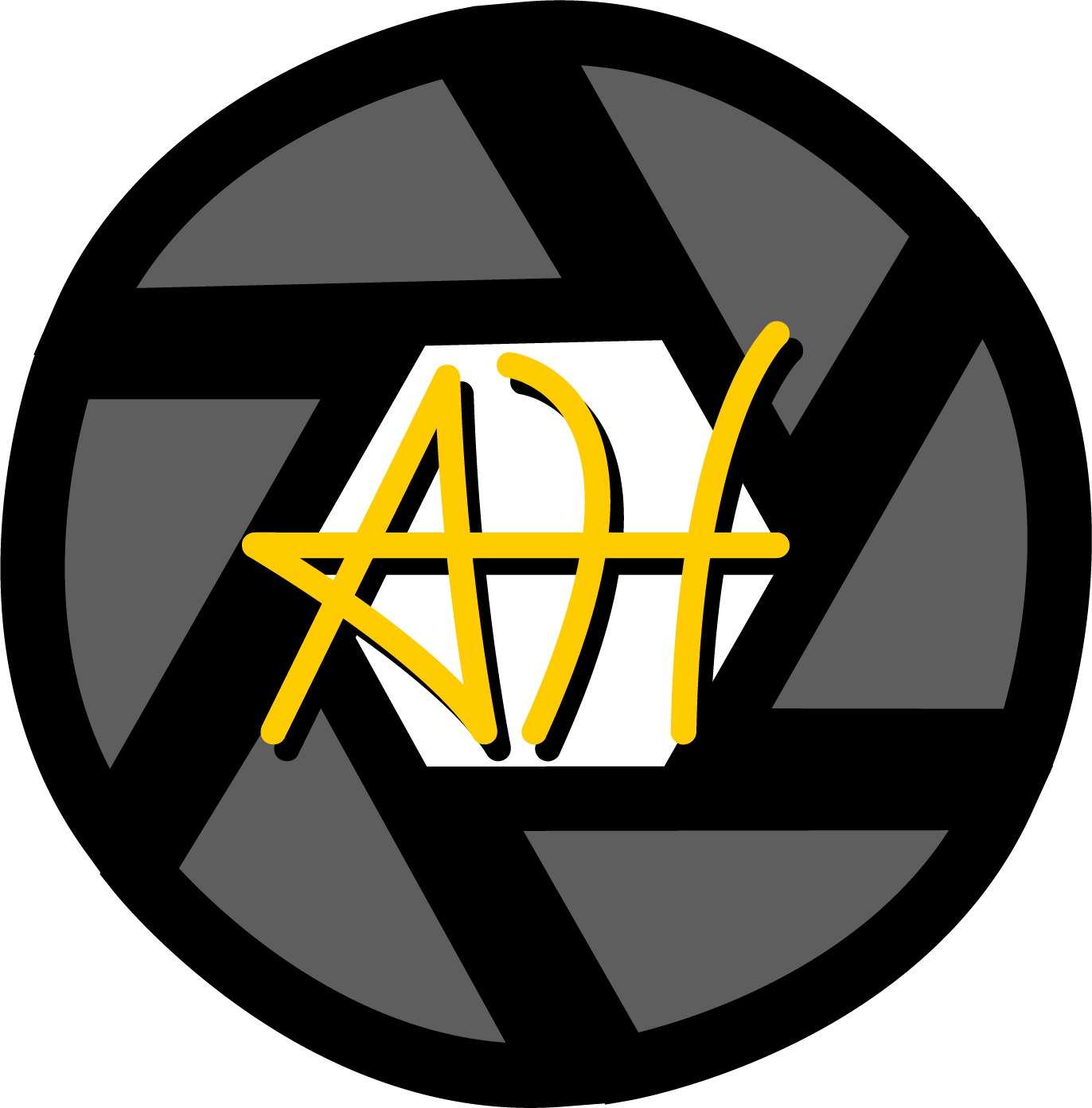

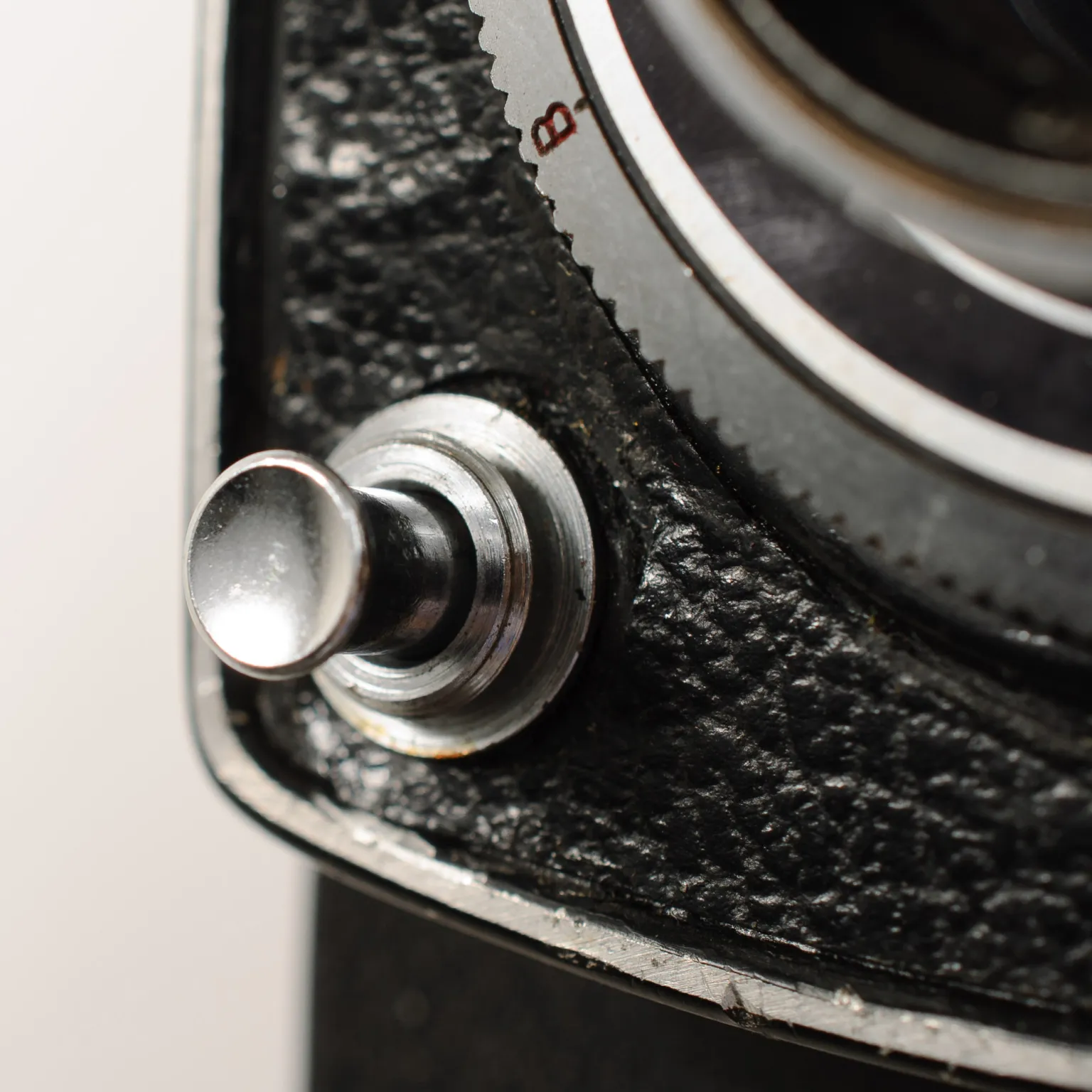
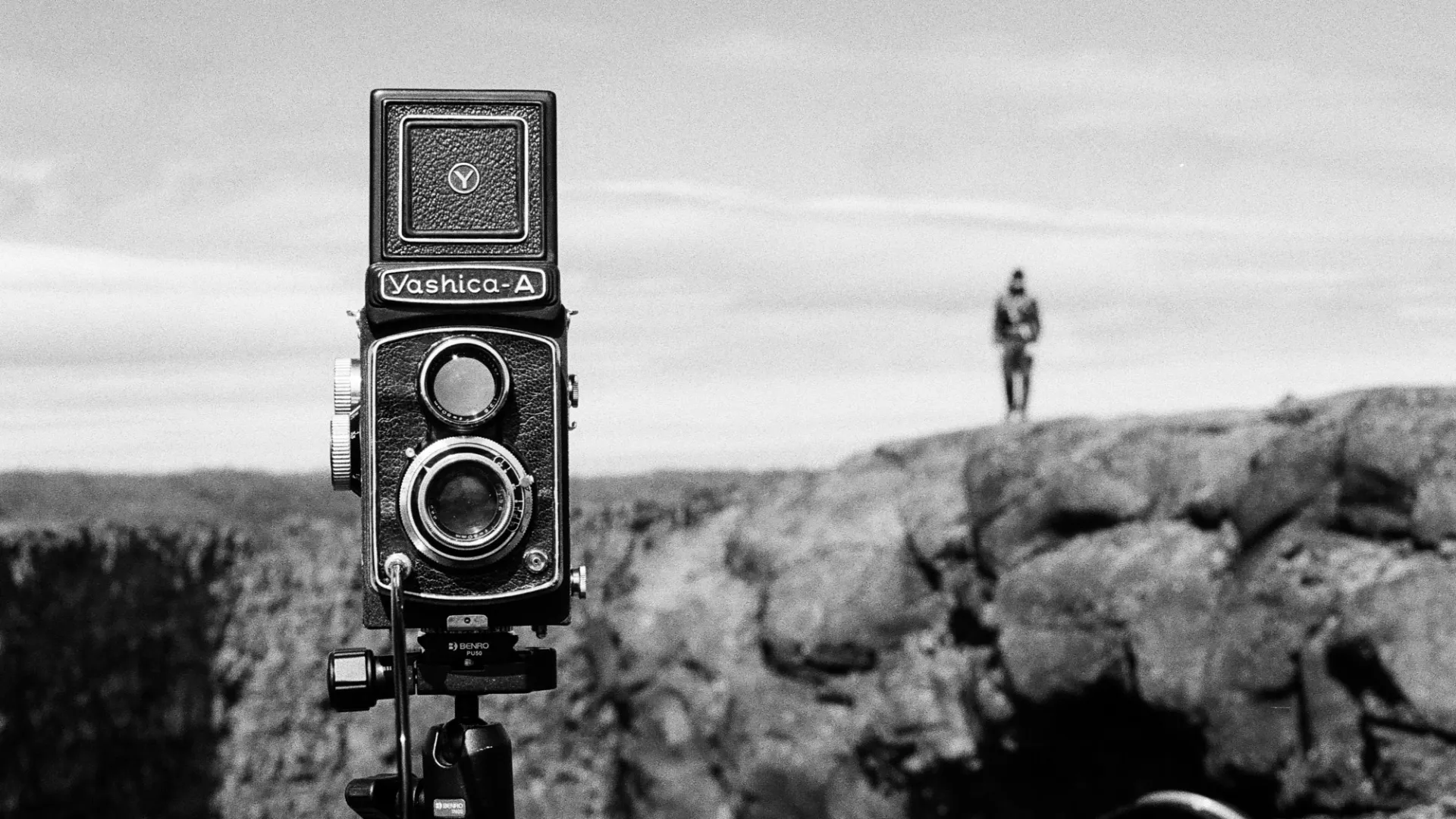
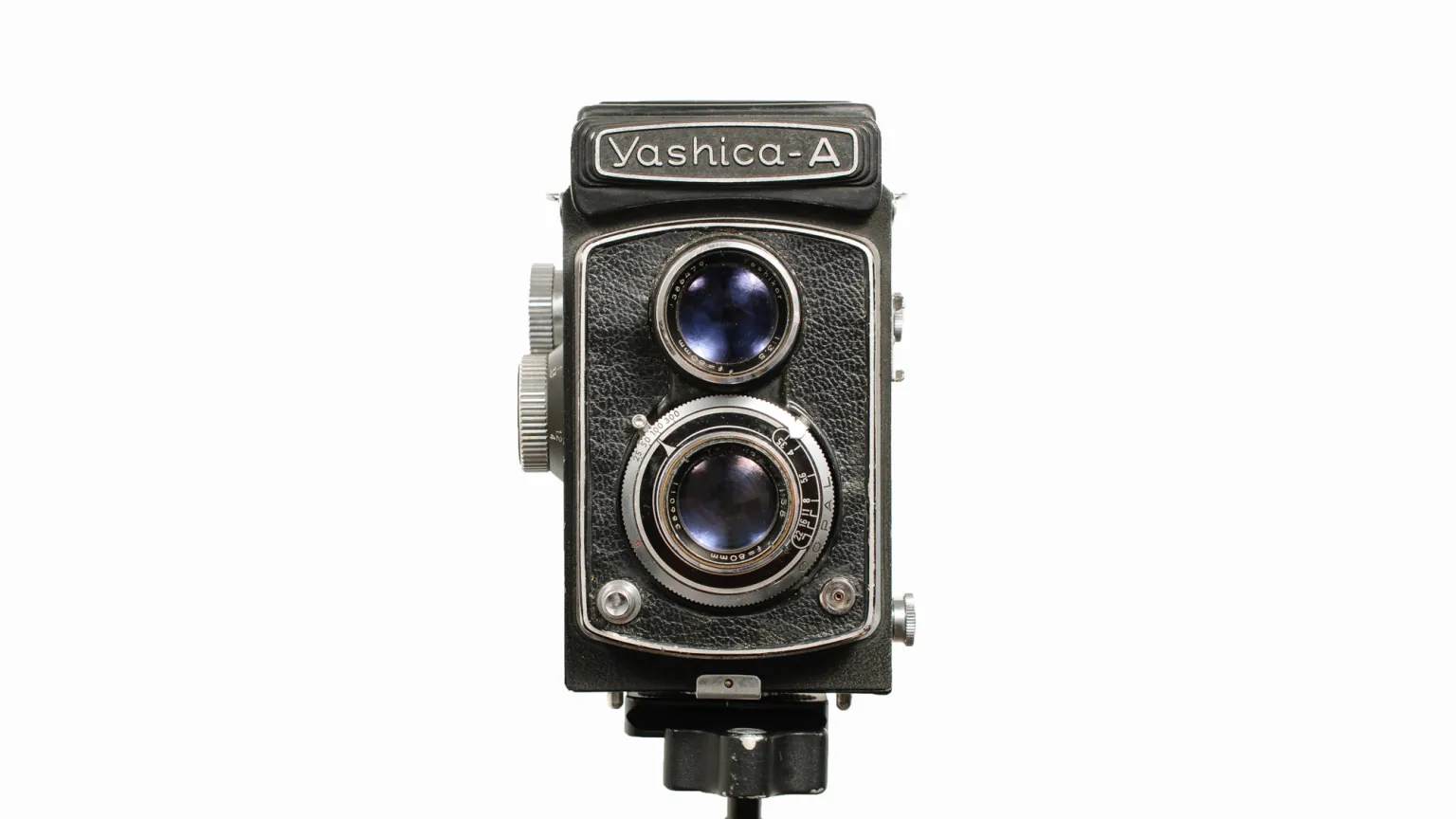
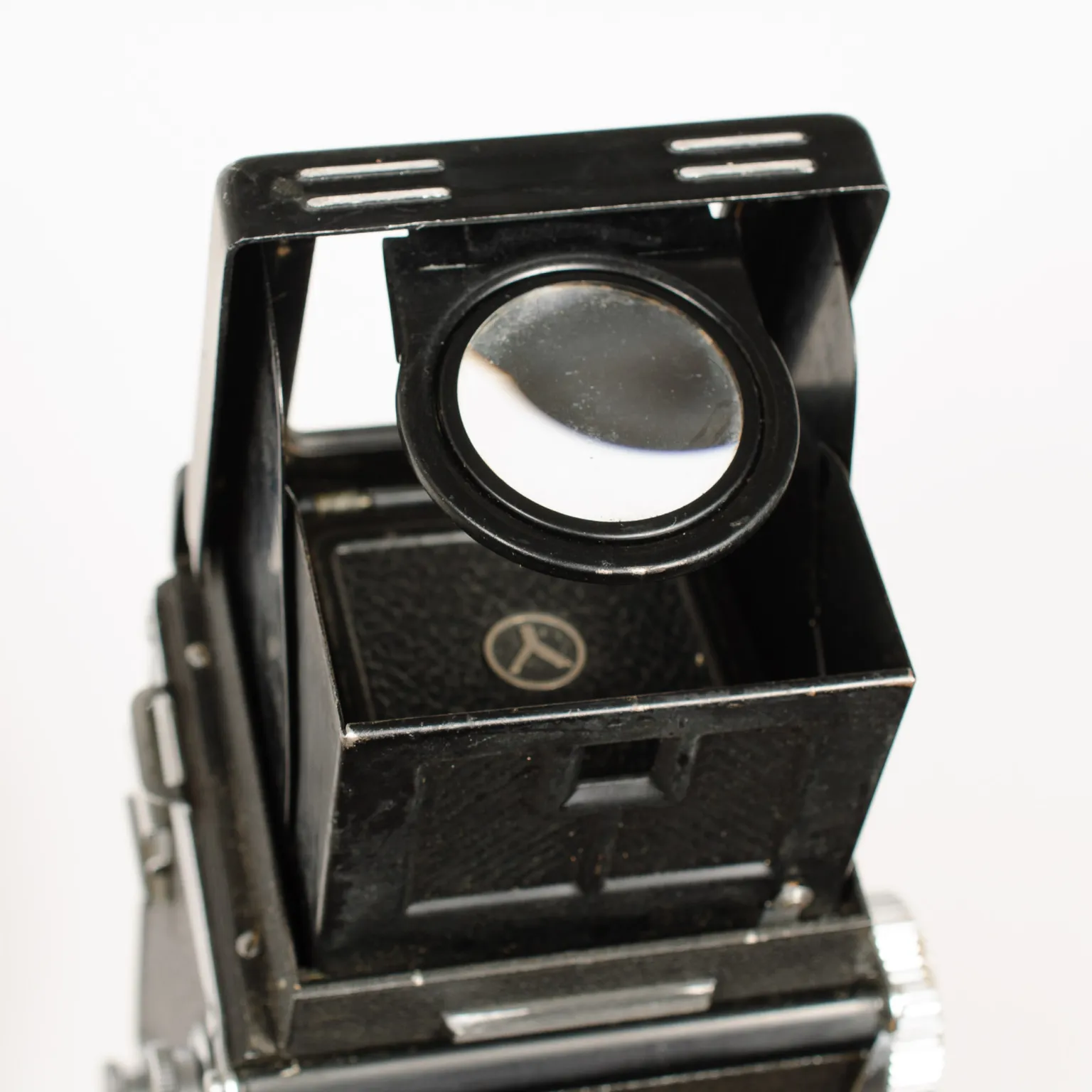
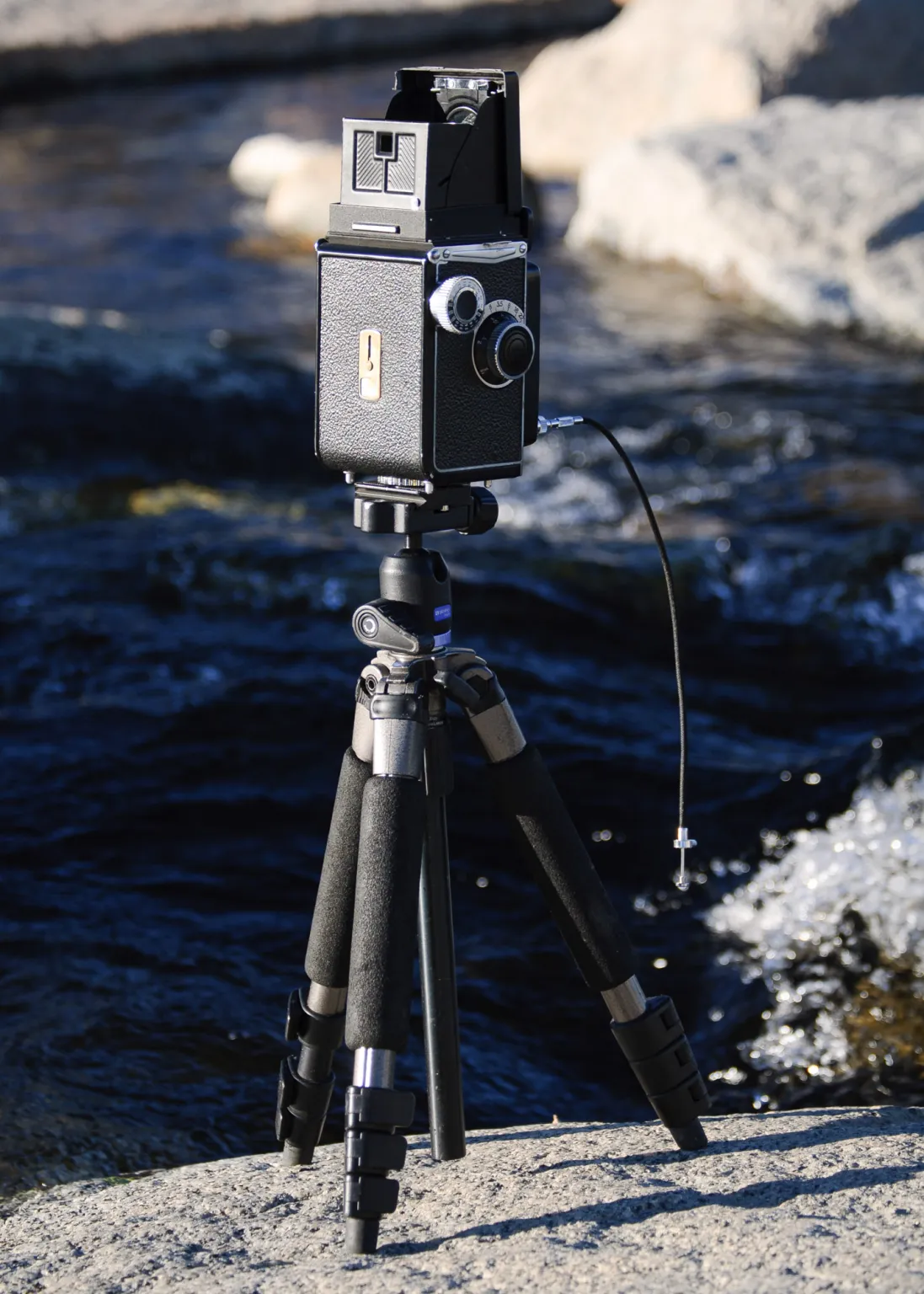
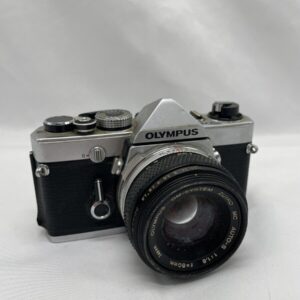
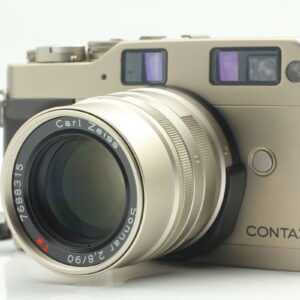
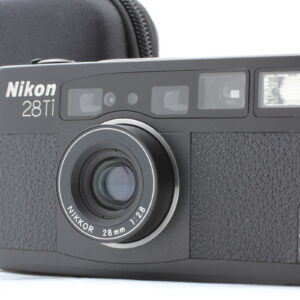
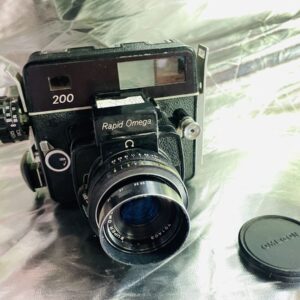
Reviews
There are no reviews yet.